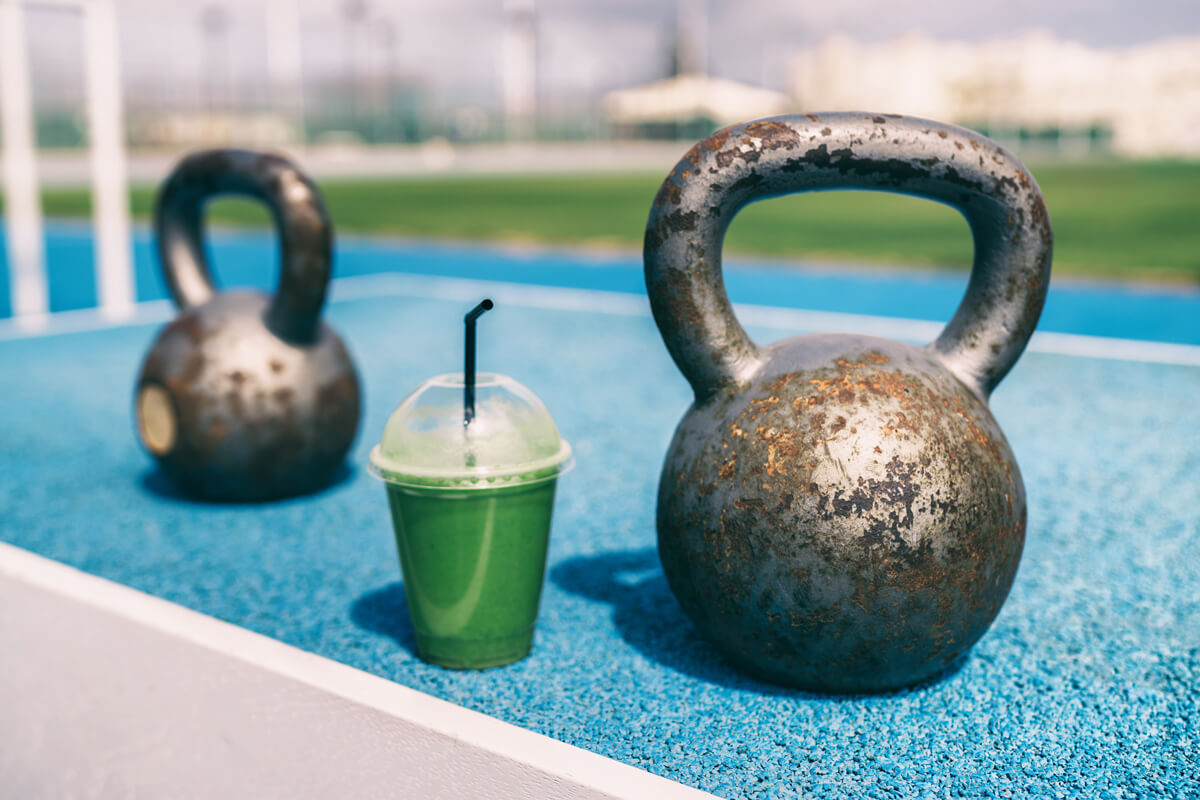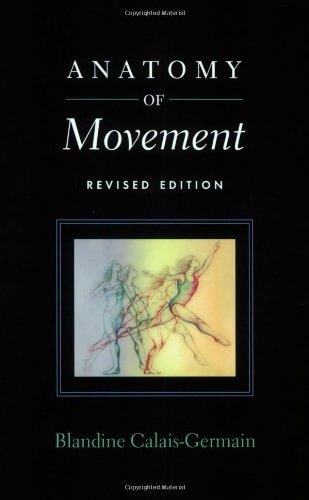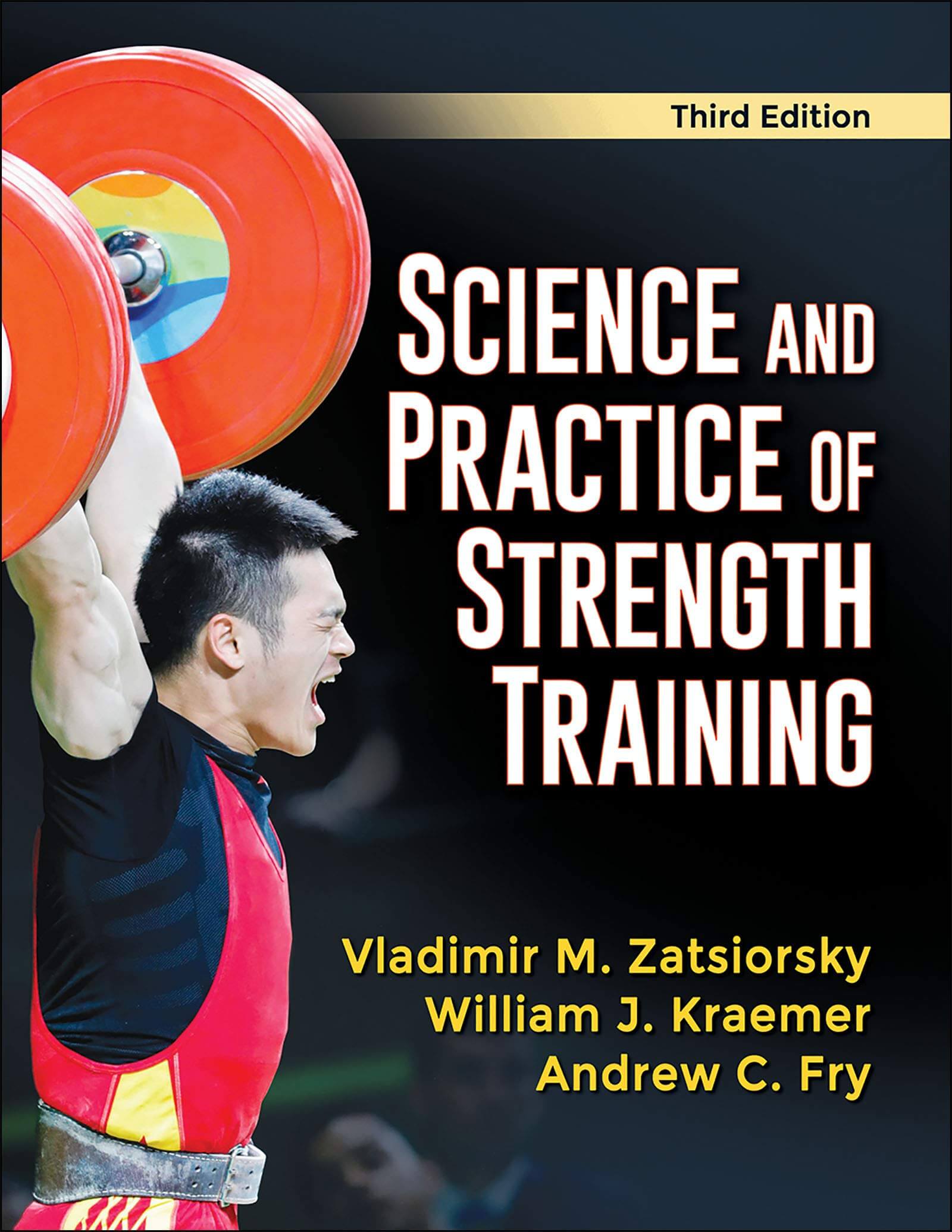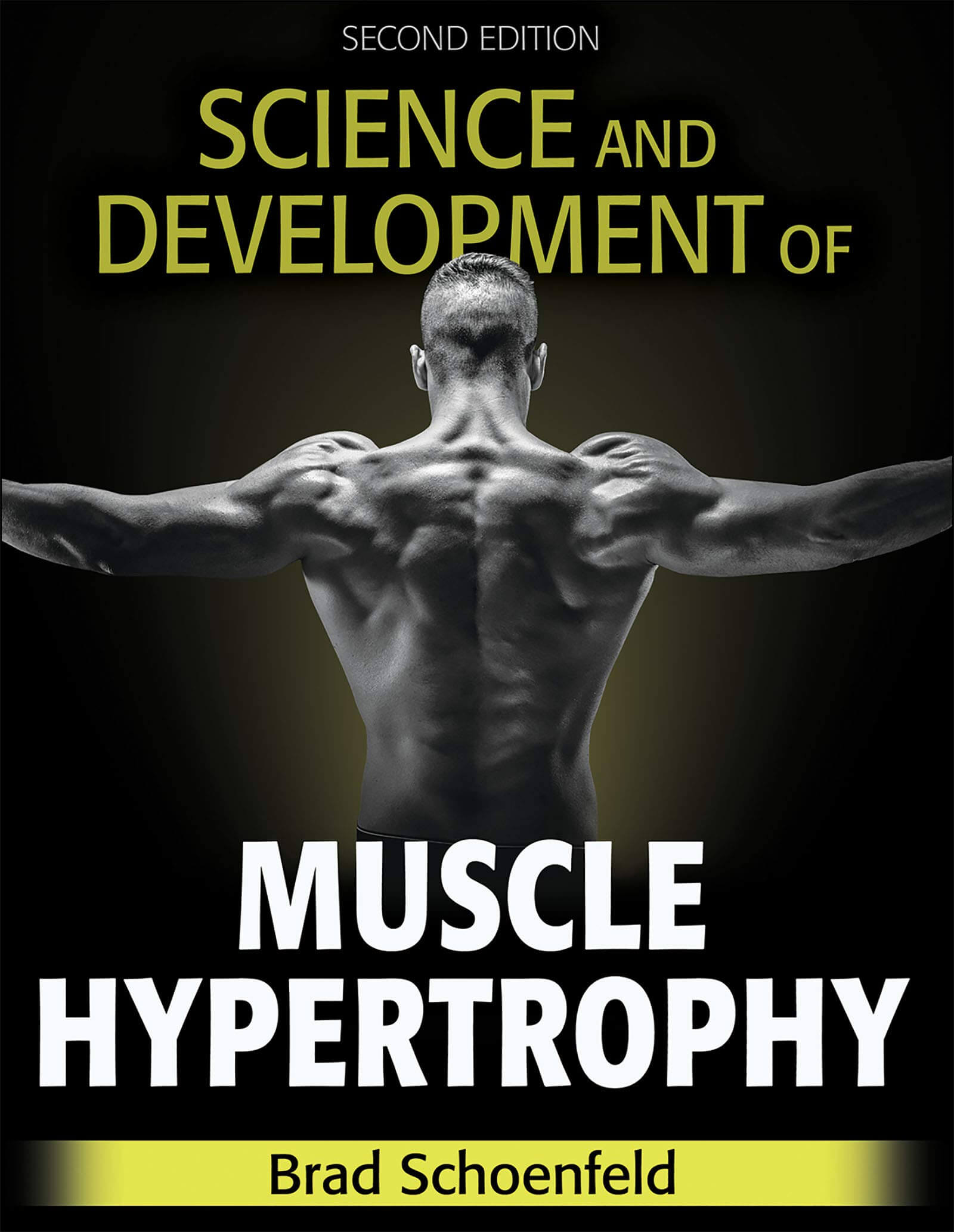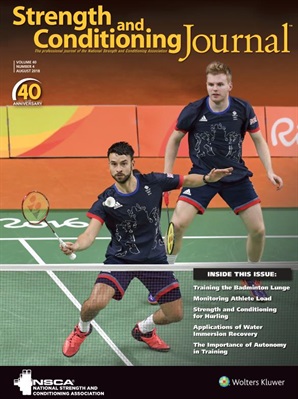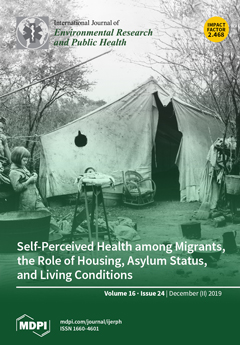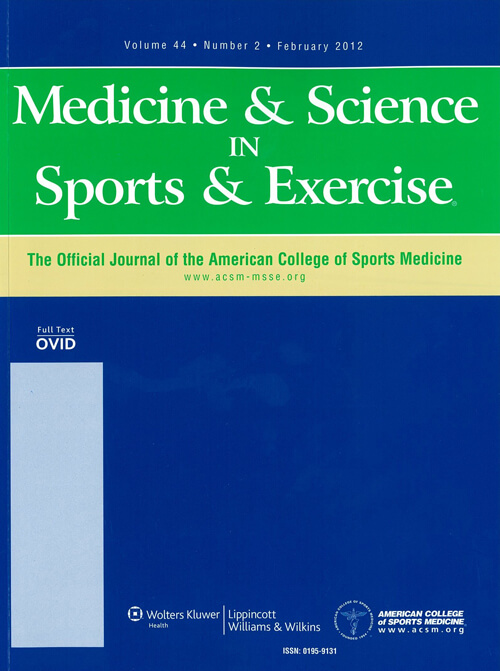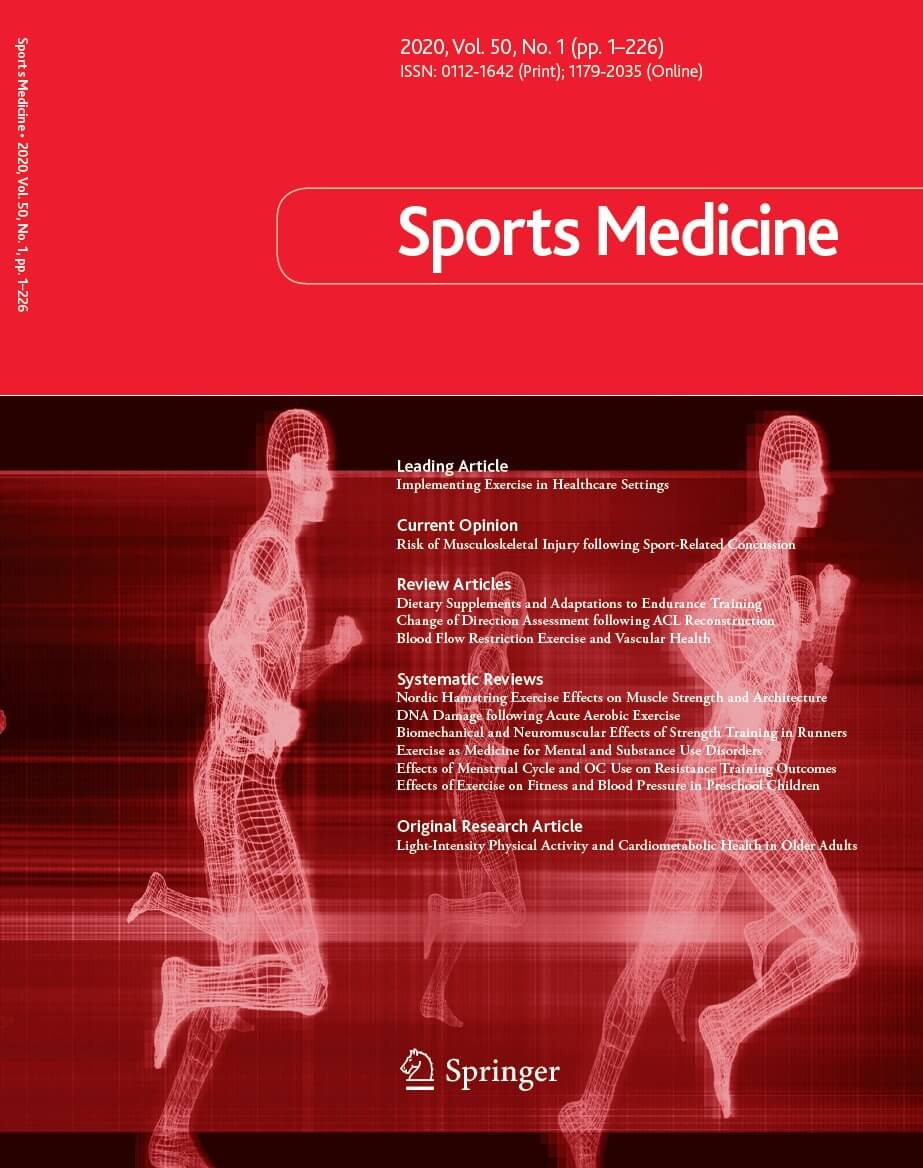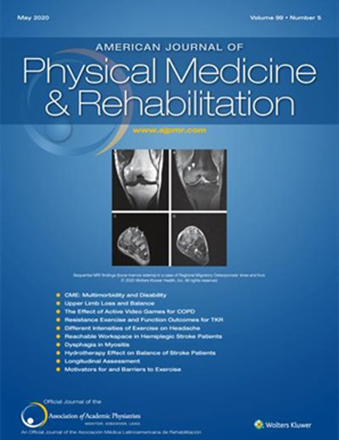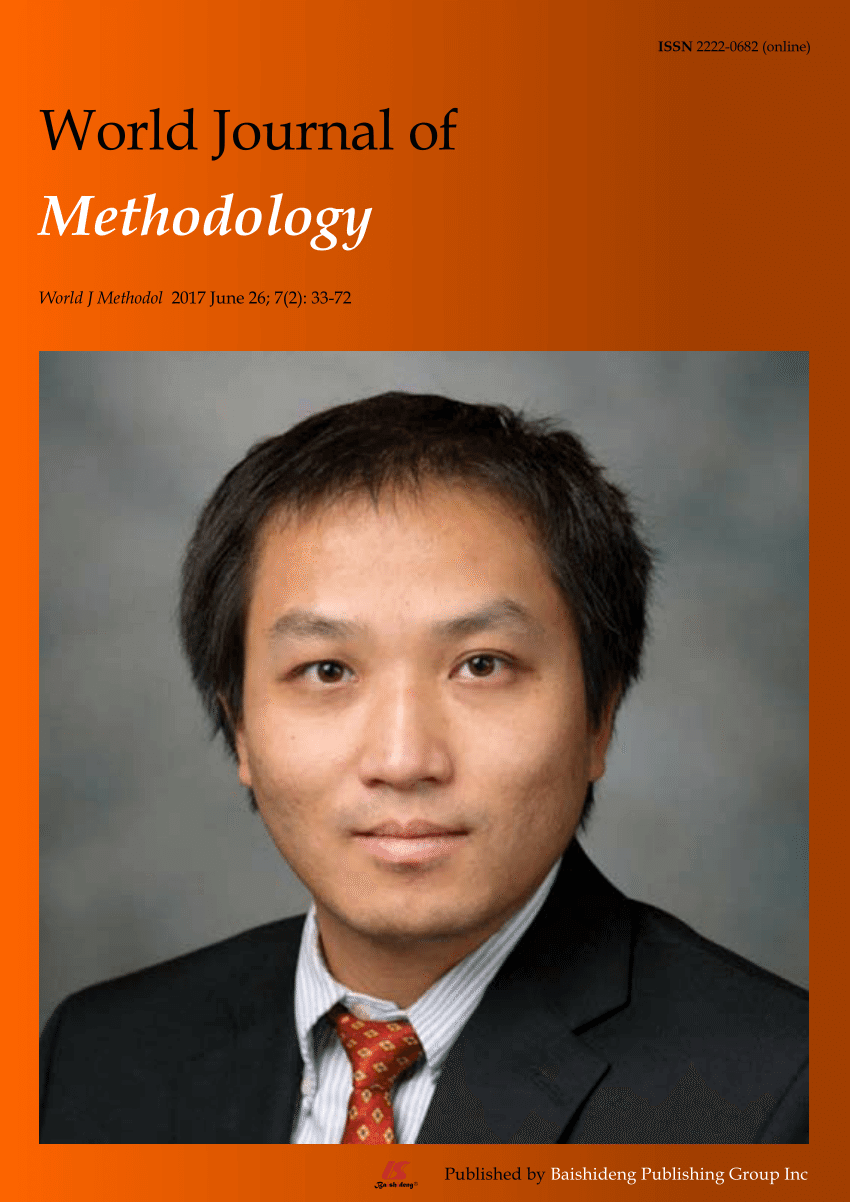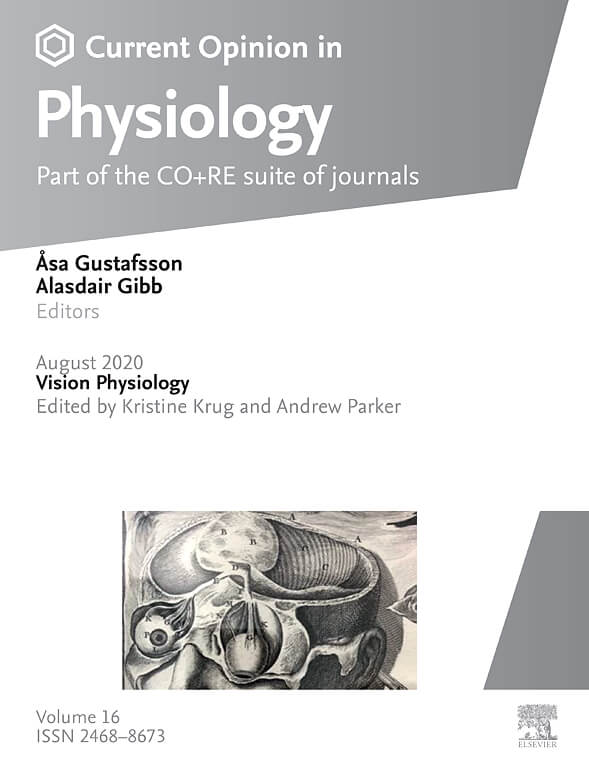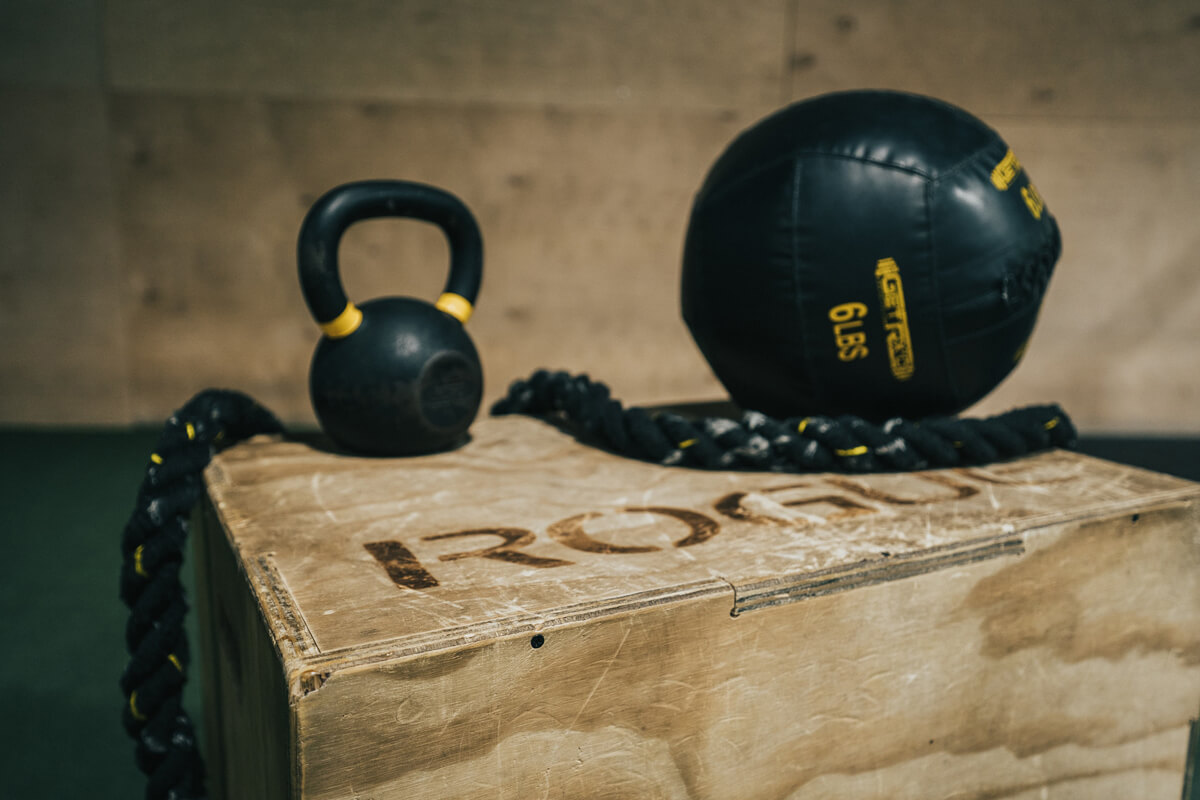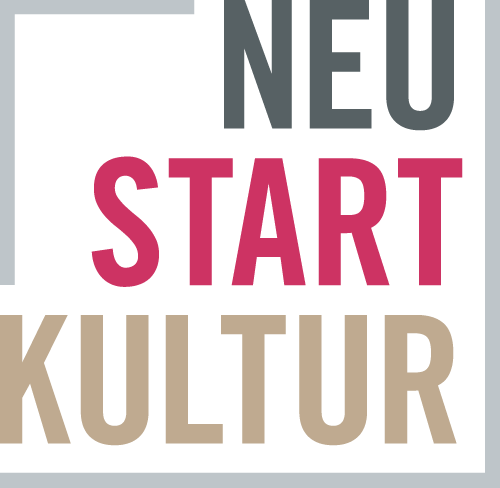DIS-TANZ DIARY #15
SIZE VS. STRENGTH
Apr 06, 2021 in DIS-TANZ-SOLO

The majority of dancers still struggle with the idea of incorporating strength training into their daily routine, and this is probably still due to a huge misconception. Strength training is not the same as bodybuilding! Strength training causes adaptive changes in your nervous system that allow your existing strength potential to be utilized to its fullest extent. So if you focus on such strength training, your muscles won’t grow, they will get stronger. The counterpart to this is hypertrophy training, which naturally makes you stronger as well, but which specifically targets muscle growth.
So if you focus on neural strength training, it is possible to train your muscles without changing anything about your physical appearance. You can get stronger without automatically losing subtlety or “space” in your body to move. These are other concerns that I hear quite often.
If you haven’t yet seen my conversation with sports scientist Patrick Rump, you should have a look at the chapter on widespread myths and misconceptions about strength training. Our entire conversation revolves around facts and questions regarding strength training for dancers, so I would definitely recommend watching the full video.
Of course, depending on your training goals and physical weaknesses, it can still be useful to incorporate periods of hypertrophy workouts into your training plan. Sometimes it makes perfect sense to build muscle mass to increase your strength potential, and then use targeted neural strength training to convert this gained potential into greater strength. This brings us back to a basic guideline: you must always define a clear goal before you jump into your training. Only then can you train effectively and purposefully and make progress.
Now let’s take a closer look at the two different types of strength training, and since we said that in principle muscle building comes before muscle strengthening, let’s start with hypertrophy training.
